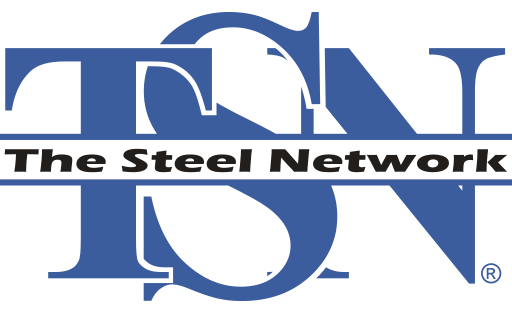Bidding is one of the most important parts of the job. There is a common misconception that jobs become unprofitable AFTER they start. The truth is, the majority of the time jobs START out unprofitable because of an inaccurate bid. This short guide will help you avoid some of the most common bidding pitfalls.
1. Bidding the Wrong Job
Not Every Job is in your Scope
It can be tempting to take a shot at every job that comes across your desk, but it’s not always the best move. If the job isn’t in your wheelhouse, you don’t have experience doing that type of work, or you know it’s a difficult developer to work with, you might be better off passing up on the opportunity, even if it’s a big job. Making money on a small job always better than losing money on a big one!
Job is too Risky
One of the least talked about aspects of a good bid is mitigating risk. Make an exhaustive list of the potential risks your company could face while doing the job. Look at each risk individually and put together a plan of attack for each one. Never get caught flat footed when it comes to risk. This is construction; we know things are going to go wrong; it’s just a matter of what and when!
Some Jobs Are Not Profitable
It’s never too late to drop out. Just because you’ve already lost money on a job, doesn’t mean you should keep losing money. This is referred to as the sunk cost fallacy, and this type of thinking should be avoided. Throwing good money after bad is never a good strategy.
Assess your Strengths and Get Help where Needed
You’re bound to be really good at some things on the job, but not as capable when it comes to other things. If you do end up bidding a job that has a couple of areas you aren’t comfortable with, be sure to consult with people who know these areas better, or use software, pre-defined modules, etc. to make sure you’re not getting in over your head.
2. Failing to Visit the Job Site
Traveling to the site and doing the site walk might seem like a pain, but it’s always a good idea. There could be limited accessibility or a bad location that results in extra transportation, equipment or labor cost.
There is a reason site walks are mandatory, and not going could put you at a severe disadvantage.
3. Not Evaluating Equipment Needs
Equipment can end up being a major portion of the job. Ensure you know exactly what equipment is required, the cost associated with using that equipment, and whether or not it will be available to you. If even if your company owns the equipment you need, it might be claimed for a different job, or it might not be currently operational. Be sure to cover your basis.
4. Not Qualifying Subcontractors
A bad contractor can be devastating. Never skip over the due diligence phase when using someone new. Always ensure your subcontractors are fully capable of the scope of work you want them to do. Much of this is up to you to fully explain the exact and full nature the work they will be responsible for completing. It’s also a good idea to always check references. If they don’t have any references, that’s usually not a good sign.
5. Not Accurately Estimating Labor
Don’t stop at calculating labor hours; be sure to factor in experience. Has this crew done this type of work before, or are they brand new? Experienced workers are more expensive but generally more proficient. Inexperienced workers are cheaper, but generally not as proficient.
Don’t forget about overtime! Double check the wage rate for the city and county where your job is. Making a mistake on wage rate during the bidding phase can be devastating to your job’s profitability, or could cause you to way over bid the job.
6. Inaccurate Takeoffs
Accurate measurements & quantities are essential. If the person handling the takeoff doesn’t have much experience, make sure they work on the project with someone who does.
Takeoff Software helps tremendously. Hopefully in 2018 everyone is using takeoff software, but if you’re not, Planswift and Oncenter are two of our favorites.
Math Errors

Don’t Guess! When it comes to a bid, many times you do not have the complete design in front of you. For instance, generally the EOR does not include the Light Steel Framing portion of the job on his design, and it’s up to the contractor to figure out stud gauges, exact products used for different details and components of the building.
If you’re not sure what to use, don’t make a guess. Contact the manufacturer or utilize software that gives you the answer. Many jobs have gone south, and many companies have gone under entirely because of poor takeoffs. Don’t let this be your fate.
Conclusion
There are many ways to go wrong on a job. Hopefully this guide serves as a good reminder of some of the worst offenders. Many of these pitfalls can be avoided or at least mitigated. One of the worst offenders, Inacurate Takeoffs, is one we can partially help with.
We offer a service that helps you with the clip takeoff for a job that you have won.
Call us today at 1-888-474-4876 or at https://steelnetwork.com/company/
